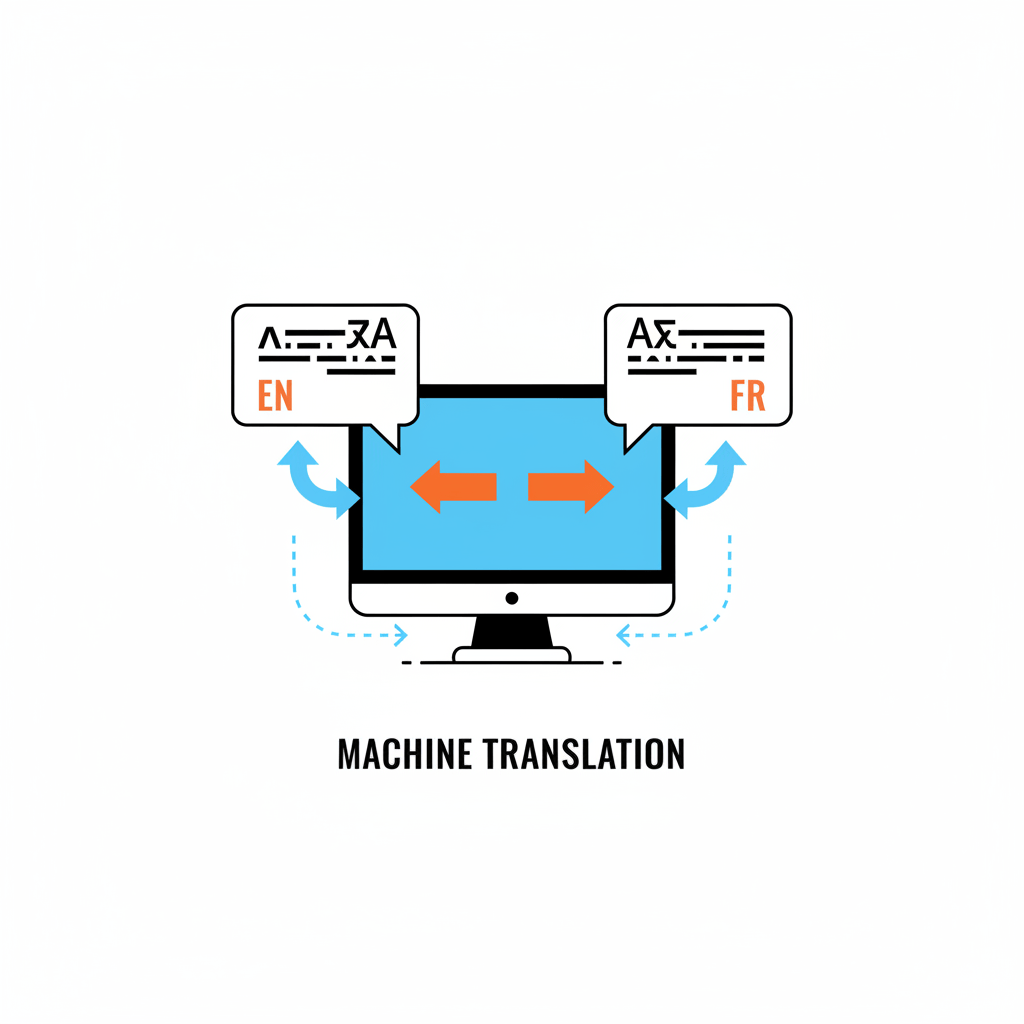In a world of instant everything, machine translation tools like Google Translate or DeepL have become commonplace. But when precision, tone, and brand integrity matter — can machines really deliver?
In this article, we’ll break down the core differences between human translation and machine translation, when to use each, and how Applied Lingo blends both for optimal results.
What Is Machine Translation?
Machine translation (MT) uses algorithms and AI to automatically translate text from one language to another. It’s fast, cost-effective, and ideal for large volumes of simple content.
✅ Strengths:
-
Speed (instant results)
-
Scalability
-
Cost-efficiency
-
Great for internal documents or rough drafts
❌ Limitations:
-
Lacks nuance and context
-
Struggles with tone, idioms, and cultural adaptation
-
Prone to grammatical errors
-
Can misrepresent brand tone or technical accuracy
What Is Human Translation?
Human translation is performed by professional linguists who understand not just words, but meaning, tone, and cultural context. It ensures your message lands with clarity, intent, and local relevance.
✅ Strengths:
-
Accurate tone and meaning
-
Culturally appropriate expressions
-
Industry-specific expertise (legal, medical, technical)
-
Better for public-facing content and brand messaging
❌ Limitations:
-
Slower turnaround time
-
Higher cost per word
-
Not ideal for high-volume internal texts
When Should You Use Each?
| Content Type | Best Fit |
|---|---|
| Legal contracts | Human Translation |
| Product manuals | Human (or Hybrid) |
| Internal memos | Machine Translation |
| Blog articles | Human Translation |
| E-commerce product descriptions | Hybrid |
| Support documentation | Hybrid |
| Marketing campaigns | Human + Transcreation |
Why Applied Lingo Uses a Hybrid Approach
At Applied Lingo, we use AI-powered tools to accelerate translation — but never rely on them blindly. Every machine-generated draft is reviewed and refined by certified linguists.
Explore how our Human+AI Translation Method works →
See More
This approach saves time, cuts cost, and maintains quality — especially for multilingual SEO, e-commerce catalogs, and large-scale documentation.
Real-World Example: The Email That Lost a Client
A financial services firm once sent a machine-translated investment update to its Latin American clients. The literal translation included a false implication about guaranteed returns — due to poor verb handling in Spanish.
That simple mistake cost them $40,000+ in client losses.
With a human linguist, the nuance would have been clear — and the deal intact.
Final Verdict
If you’re translating to communicate, machines are fine.
If you’re translating to connect, grow, or persuade — use humans.
For serious businesses, the right choice is rarely either/or — it’s both, working together.
Ready to Get Started?
Whether you need expert human translators or a hybrid model that scales, Applied Lingo can help you reach new markets — without losing your voice.
👉 Request a Free Multilingual Content Audit








